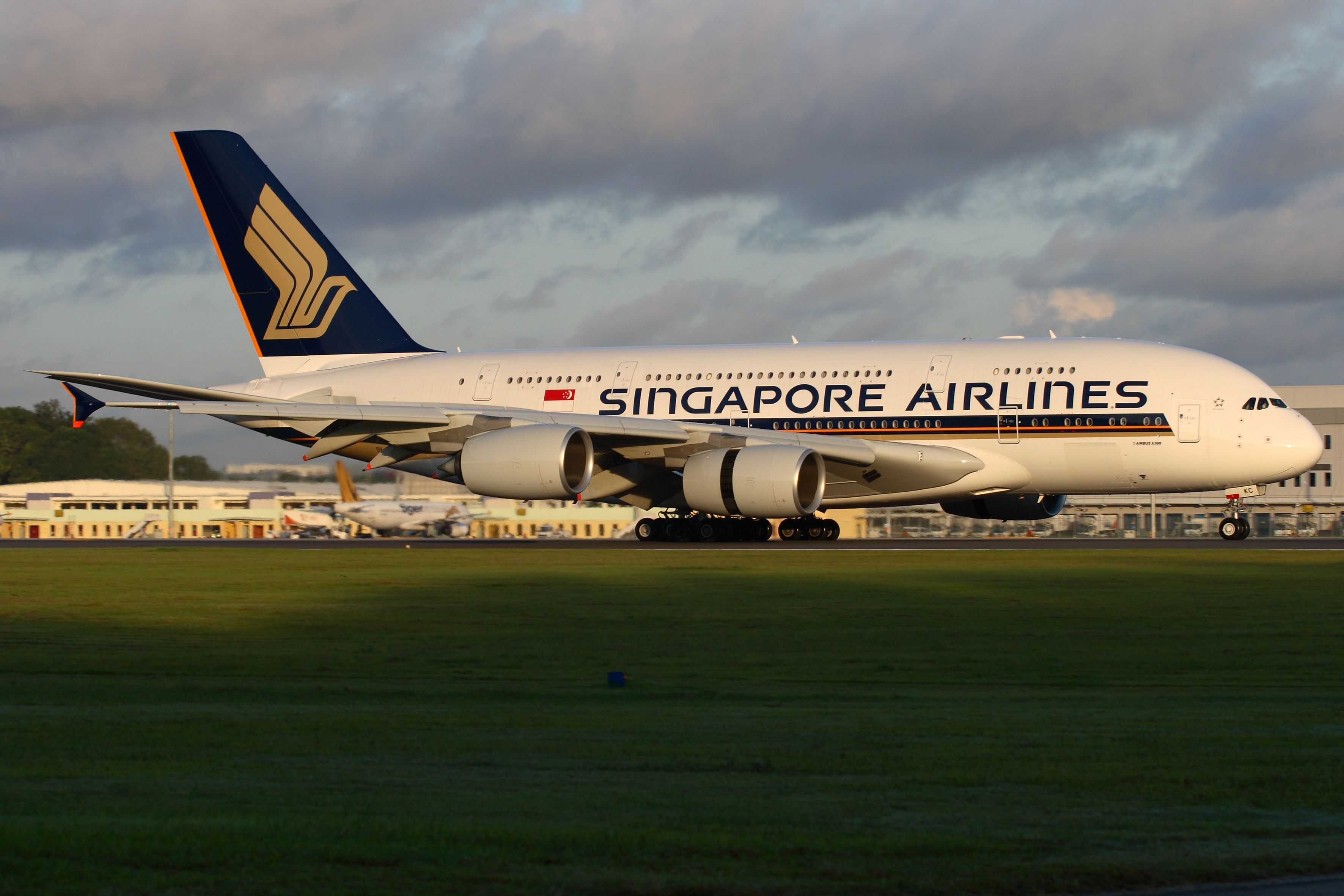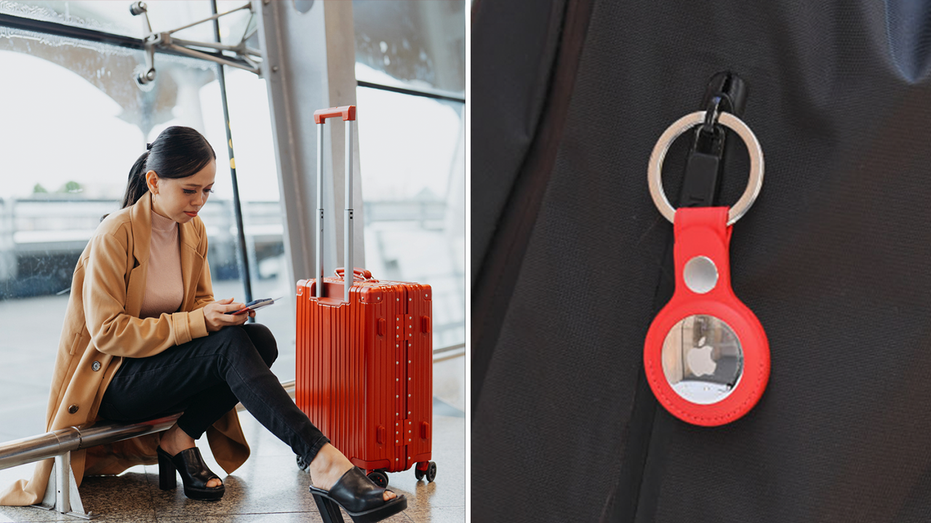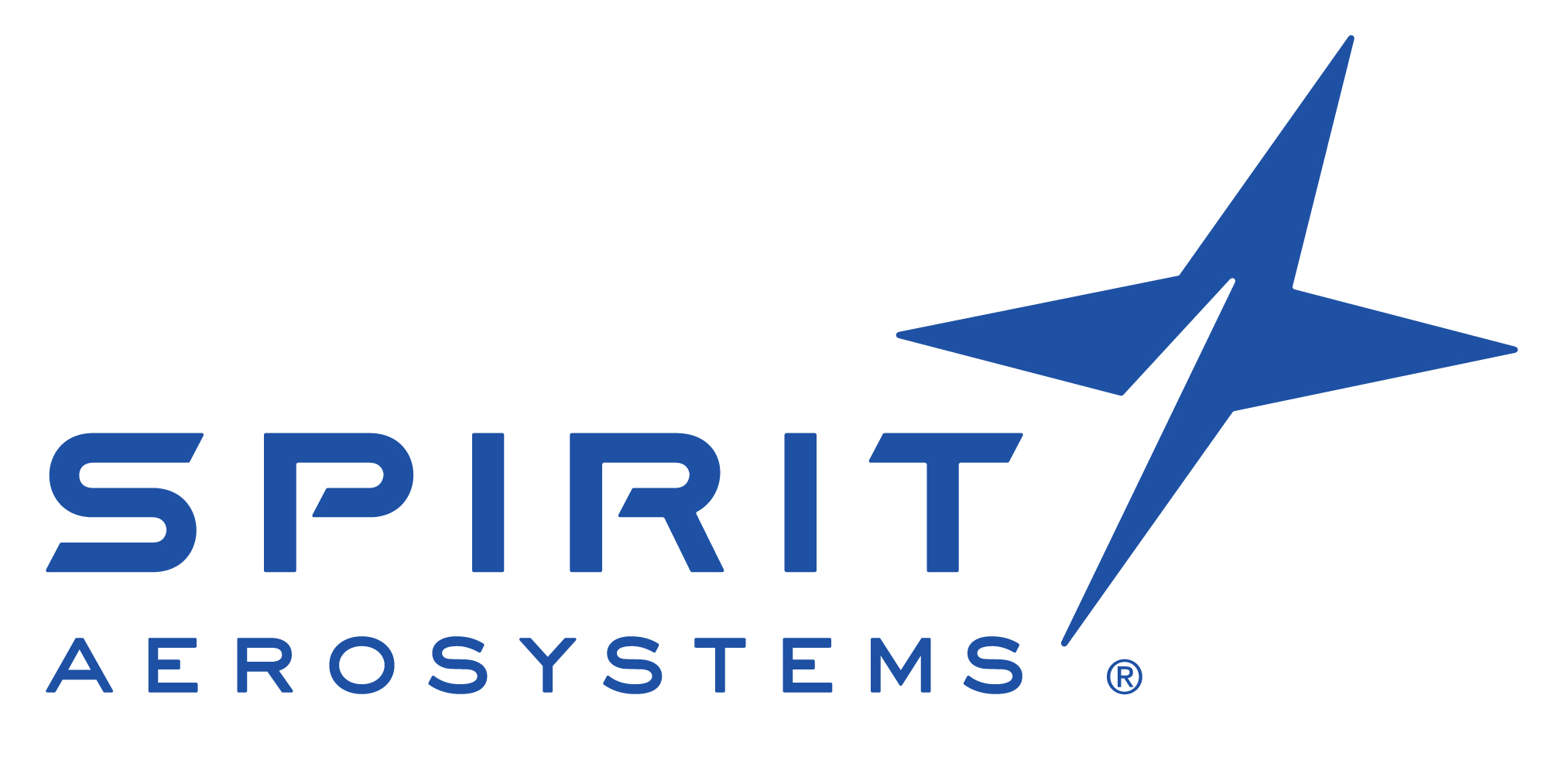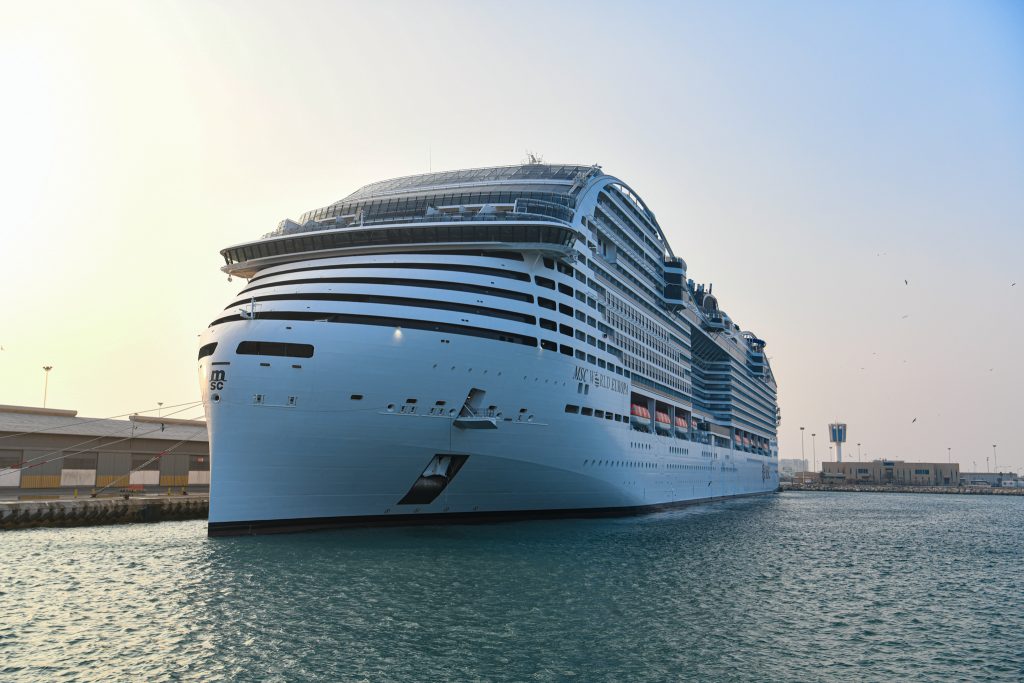Summary Singapore Airlines Group saw 6.7% passenger growth in July, with ASK capacity outpacing RPKs. Scoot was quick to gain demand in the Asia-Pacific region, contributing to a strong recovery for the Group.
Cargo demand is on the rise due to robust e-commerce demand and sea freight disruptions. As the peak summer holiday season draws to a close, airlines are reviewing their networks and schedules as they start to think about the coming winter and 2025 summer seasons. As it has done for at least the last two years, the Singapore Airlines Group is strategically managing the capacity-demand equation and maintaining healthy load factors while adding capacity.
More growth in July In July, the Singapore Airlines Group, which includes Singapore Airlines and low-cost carrier Scoot, carried a total of 3.23 million passengers, a 6.7% gain year-on-year (YoY) and 98% of the 3.
30 million it carried in July 2019. The Group increased available seat kilometers (ASK) by 8.7% YoY, and with revenue passenger kilometers growing by only 3.
6%, the passenger load factor fell by 4.2 percentage points YoY. On Sunday, Adelaide Airport and Singapore Airlines will celebrate a 40-year partnership that started with a Boeing 747 Jumbo jet.
The Singapore Airlines Group has clearly recovered from the operational impacts of the global pandemic, although the general overcapacity that is creeping into the market is starting to affect passenger loads throughout the Asia-Pacific region. The Group released its .

















